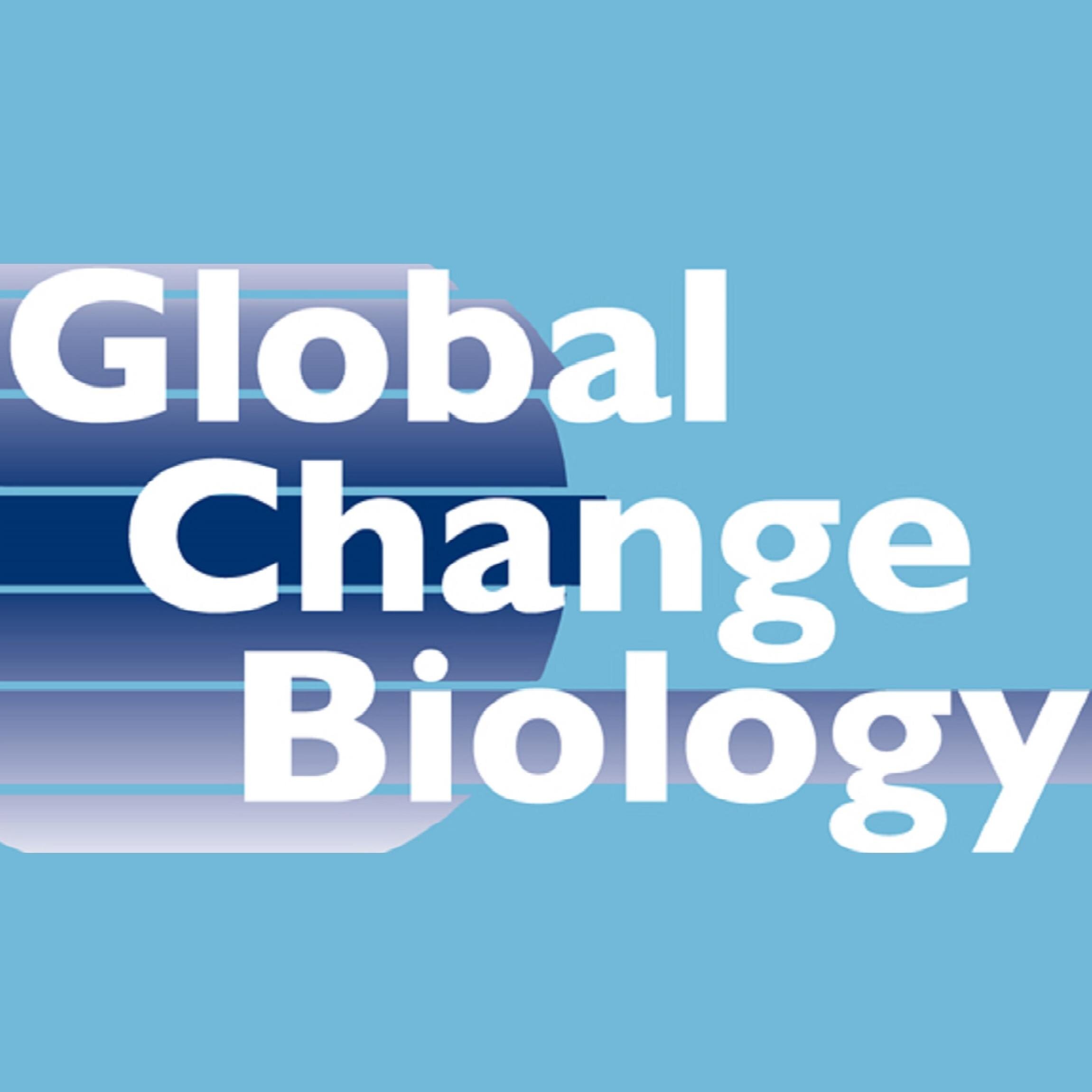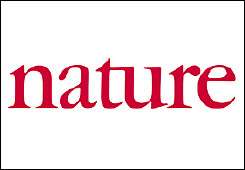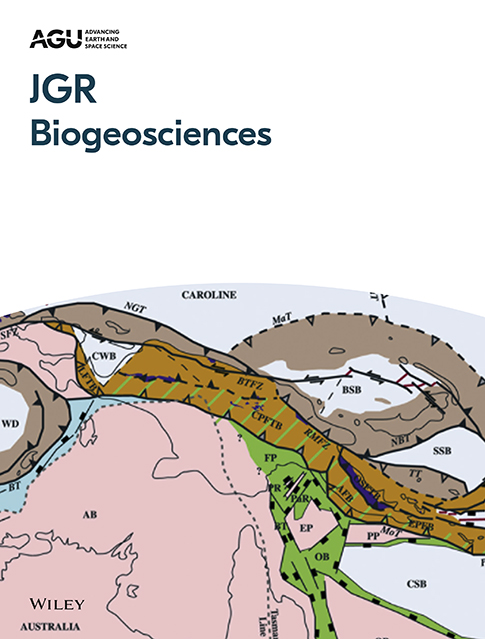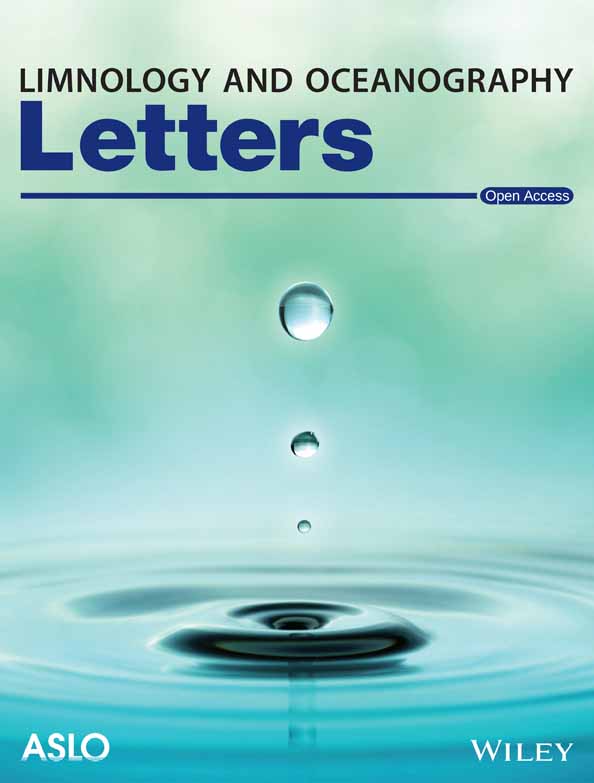- Department:(Dept. 3) Plankton and Microbial Ecology
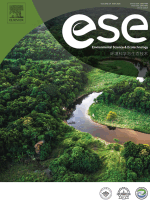
Health risk ranking of antibiotic resistance genes in the Yangtze River
Aquatic microorganisms in China's Yangtze River are particularly resistant to many antibiotics, posing a high health risk.
Perspectives in modelling ecological interaction networks for sustainable ecosystem management
The study provides perspectives on the use of network models to address a variety of applied ecological questions along spatial and temporal dimensions as well as on interactions between abiotic and biotic components of ecosystems. Through collaborative research, network models could provide important levers for sustainable management.
Global freshwater distribution of Telonemia protists
Lake browning counteracts cyanobacteria responses to nutrients: Evidence from phytoplankton dynamics in large enclosure experiments and comprehensive observational data
This study combines experiments in large enclosures with a comprehensive time series and a field survey to assess the joint effects of storm-induced lake browning, nutrient enrichment and deep-mixing on phytoplankton.Browning decreases nutrient enrichment effects on phytoplankton, including shifts in the species composition from cyanobacteria and chlorophytes to mixotrophic cryptophytes.
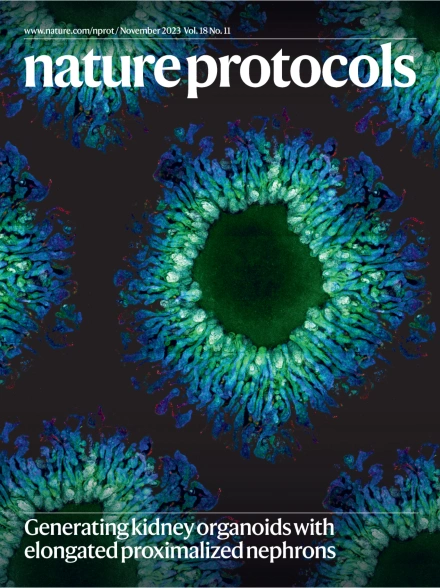
Exposure protocol for ecotoxicity testing of microplastics and nanoplastics
Despite the increasing concern about the harmful effects of micro- and nanoplastics (MNPs), so far, there exist no harmonised guidelines for testing the ecotoxicity of MNPs. An international research team with IGB has now developed protocols to assess the toxicity of these substances in soil and aquatic ecosystems.

Hypotheses in urban ecology: building acommon knowledge base
This study identified 62 research hypotheses used in urban ecology and mapped them in a conceptual network. It is the first such network, which also clusters urban ecology hypotheses into four distinct themes: (i) Urban species traits & evolution, (ii) Urban biotic communities, (iii) Urban habitats and (iv) Urban ecosystems.
Plastic debris in lakes and reservoirs
Microplastics are found in lakes and reservoirs around the world. Pollution reaches even the most secluded places where human influence is minimal. Moreover, concentrations of microplastics in freshwaters are sometimes higher than in subtropical gyres, the marine areas where large amounts of waste accumulate.
Phytoplankton Producer Species and Transformation of Released Compounds over Time Define Bacterial Communities following Phytoplankton Dissolved Organic Matter Pulses
Bacterial responses to phytoplankton exudates (DOMp) may be caused by different DOMp compositions. Thereby, the bacterial community leads to a succession of DOMp from highly to less bioavailable, reflected by the temporal presence of specific bacterial phylotypes. The exploitation of species-specific highly bioavailable compounds, results in a more similar remaining DOMp.
Habitability of Polygonal Soils in the Hyper-Arid Atacama Desert After a Simulated Rain Experiment
The dryness in the Atacama Desert led to fracture networks of salt-poor sand wedges outlining salt-rich polygons as potential microbial habitats. Mineral composition, pH, electrical and thermal conductivity, water activity and content were analyzed for their relevance to habitability. The results emphasize the relevance of polygonal networks as microbial habitats in extreme environments.
Blooms also like it cold
Cyanobacteria are considered to be heat-loving, and massive algal blooms are reported mainly in summer, when monitoring is particularly close. Now, the authors show that cyanobacterial blooms can also occur at colder temperatures - even under ice. If the algal blooms go unnoticed, there are risks to drinking water production.




